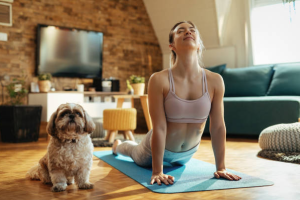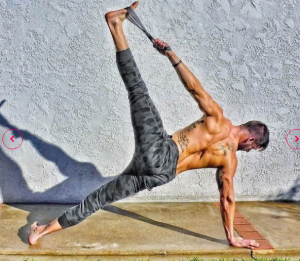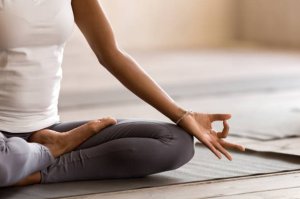Yoga is a unique yoga discipline that takes into account the peculiarities of the female and male body, as well as the condition of people at a certain age. What poses are the most suitable for different categories and people? Is it possible to start practicing yoga at age 50? The answers are below.

- Pregnant women, in the absence of contraindications and after consultation with the gynecologist in charge of the pregnancy, may perform the following poses: warrior, dove, triangle, crescent, cow-cat, tied knot. The safest is considered to be a modern trend – aqua yoga. Inverted postures are contraindicated, as well as exercises that require tensing the muscles of the back and abdomen in the lower region.
- For men, lotus, bow, cobra, locust, mountain, tree, and bridge poses are recommended. The most effective asanas for potency: plow pose, bow pose, cobra pose.
- Older people are better to start the practice with a trainer. The following postures are suitable for regular practice: lotus, cat, dog face down and up, king of fish, corpse.
Yoga for Kids
Yoga for children is not so popular: more often than not, kids become followers of their “advanced” parents, who can’t imagine life without the practice. Meanwhile, this is a great option for developing flexibility and coordination, forming a healthy and beautiful posture, strengthening the immune system. Yoga is more like it for introverted kids, but for parents of restless, hyperactive children, the practice can be a real savior – it teaches children perseverance, emotional balance and calmness. The optimum age for teaching yoga is 7-8 years old. Children always study under the guidance of an experienced teacher. There are groups for kids from 4 years old, but they resemble a fun game and don’t demand exact repetition of asanas. Exercises are based on adult poses, but simplified; complicated and traumatic positions are excluded.

Helpful hints
- You can take a shower before class, but it is not recommended afterwards – the long-term changes in circulation after exercise should gradually come back to normal.
- The room should be ventilated before the class, but during the practice the windows should be closed;
- Proceed to the class awake, but in a relaxed state. If you are tired or something gnaws at you, it is better to rest for a while or to postpone the class.
- Do not exercise on a full stomach – you can on an empty stomach or 2-4 hours after a meal. You can drink some water, natural juice, green tea or warm milk. You can also drink some water between exercises.
- Do not forget about continuous and steady breathing.
- Performing asanas, at first, you should not try to achieve an ideal position through pain, it’s better to perform them with incomplete amplitude, persistently and patiently achieve the correct position.
- Relax as much as possible between asanas, muscles that contract during exercises. A minute of rest is enough.
- Perform the asanas in three stages: entry, stay in the pose and exit to the starting position.
- In the main position of the exercise, stay as long as possible without moving. In the extreme version of the asana, there is acceptable discomfort.
- Go in and out of the position very smoothly and slowly.
- Each asana should be repeated 4-6 times. If you enter the postures easily and have no problems holding the position, you can reduce the number of repetitions.
- If you feel anxiety or discomfort while in the pose, end the exercise immediately.
- Make sure that the movements are smooth. Learn to balance smoothly, rather than swaying in different directions.
- Increase the complexity of the exercises gradually. Start with asanas that you are really able to master. Do the exercises deeper with each session, and stay in the position for a longer time. Doing inverted asanas is the prerogative of experienced yogis. It is forbidden for the beginners.
- If possible, the exercise should last from one hour and more. Usually a set of exercises lasts from 1.5 to 2 hours.
- If it happens that you need to finish your workout earlier, shorten it not by increasing the speed of performing asanas, but simply reduce the number of poses.
- If on the day of the training you are not feeling very well, you have a temperature or malaise, you had vigorous physical activity the day before, strong stress, taking alcohol – postpone the training.
- Concentrate on what you’re doing, don’t fly in the clouds. Concentration is the basis of yoga.
If you have done everything correctly, you should feel maximum relaxation both in your mind and body, lightness and well-being after the class. Immediately after the class, you should not be active or do physical labor.


